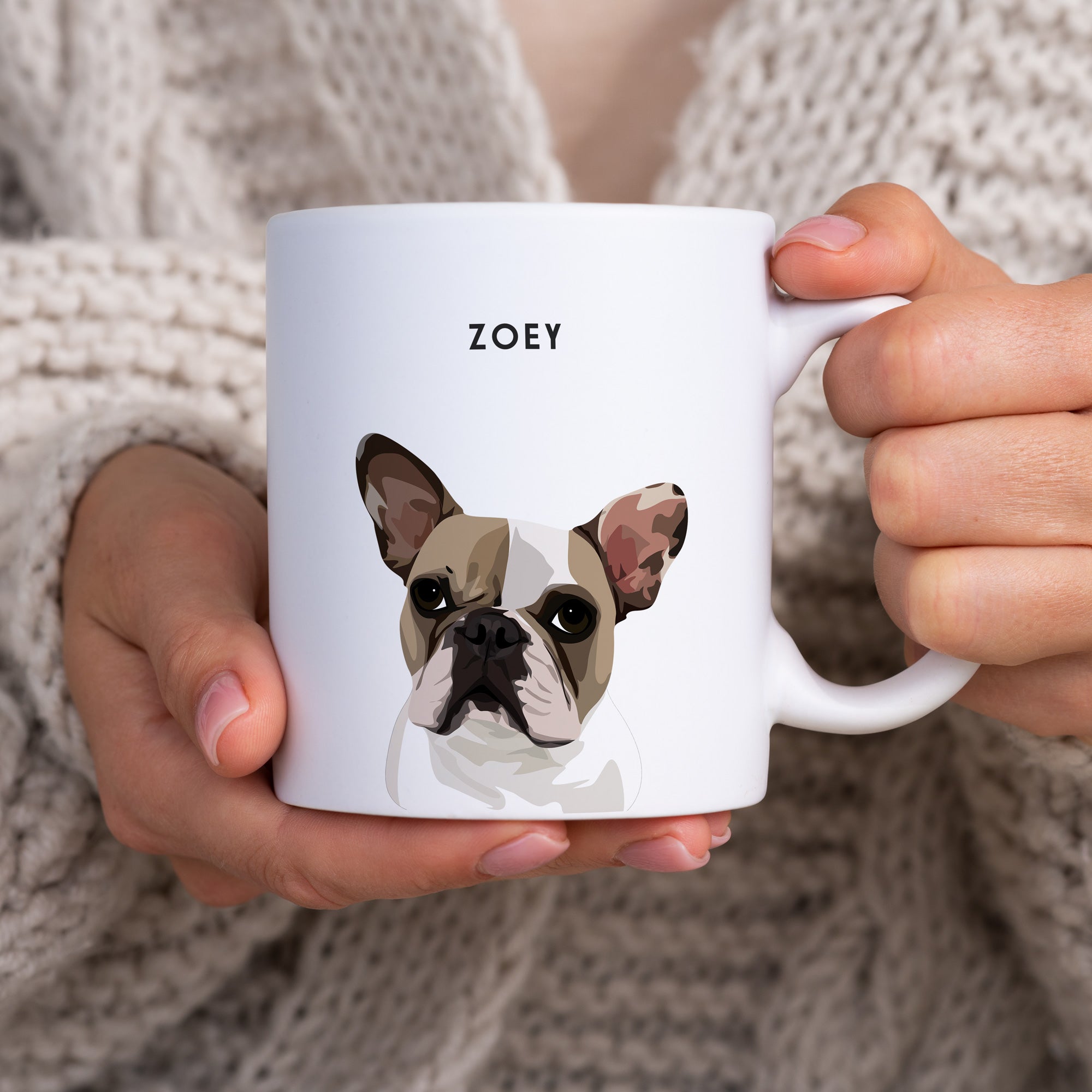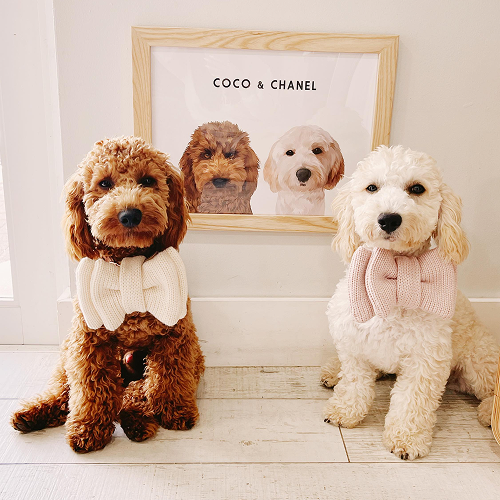There's something undeniably captivating about a well-dressed dog gazing regally from an ornate frame. Victorian dog paintings, once considered old-fashioned relics of a bygone era, are experiencing a remarkable renaissance in today's design-forward homes. This unexpected trend has interior designers and pet lovers alike embracing the sophisticated charm of formal pet portraiture, proving that sometimes the most timeless approach to honoring our beloved companions is also the most stylish.
The Unexpected Return of Formal Pet Portraits
Walk into any trendy coffee shop, boutique hotel, or carefully curated Instagram home, and you're likely to spot them: portraits of dogs dressed in period clothing, cats perched regally in ornate settings, or pets rendered with the same gravitas once reserved for aristocratic family members. This isn't your grandmother's dusty attic art—it’s a deliberate design choice that speaks to our evolving relationship with both our pets and our living spaces.
The Victorian era's approach to pet portraiture was unapologetically dramatic. Dogs were depicted as noble creatures, often anthropomorphized with human clothing and poses that conveyed dignity, loyalty, and importance within the family structure. Today's interpretation maintains that sense of reverence while adapting to contemporary sensibilities about home styling and personal expression.
Why Victorian Aesthetics Work in Modern Spaces
The beauty of Victorian dog paintings lies in their ability to create visual intrigue through contrast. In a minimalist space filled with clean lines and neutral palettes, a formal pet portrait becomes an instant conversation starter—sophisticated enough to complement high-end furnishings, yet personal enough to reveal the homeowner's character.
Modern interpretations of this classic style have evolved beyond traditional oil paintings on canvas. Today's custom dog portraits might feature your Golden Retriever in military regalia against a contemporary background, or your rescue mutt reimagined as Victorian royalty. These pieces work particularly well in:
-
Statement walls where they serve as focal points in living rooms or dining areas
-
Gallery walls mixed with abstract art and modern photography
-
Home offices where they add personality without overwhelming professional aesthetics
-
Bedrooms where they create intimate, personal touches
The key is selecting pieces that honor the Victorian tradition while feeling fresh and intentional rather than kitschy or nostalgic.
The Psychology Behind Formal Pet Art
There's something profound about elevating our pets through art. Victorian dog paintings tap into our deep-seated desire to honor the animals that bring us joy, comfort, and companionship. By presenting our pets in formal, dignified settings, we're making a statement about their importance in our lives—they're not just animals, they're family members worthy of artistic celebration.
This approach to personalized pet art also serves a practical purpose in modern homes. Unlike candid pet photos, which can feel casual or temporary, formal portraits have staying power. They're the kind of wall art that guests notice and remember, that spark conversations, and that feel substantial enough to anchor a room's design scheme.
For many pet owners, commissioning a custom dog portrait in the Victorian style represents more than decoration—it’s an investment in preserving memories and celebrating the unique personality of a beloved companion.
Styling Victorian Pet Portraits in Contemporary Homes
The secret to successfully incorporating Victorian-style pet portraits into modern decor lies in thoughtful placement and complementary styling. These pieces work best when they're treated as serious art rather than novelty items.
Frame Selection Matters
Choose frames that bridge old and new. Ornate gold frames can work beautifully in eclectic spaces, but sleek black or white frames often better suit contemporary homes. The goal is to let the portrait's inherent drama shine while ensuring it feels cohesive with your existing decor.
Consider Scale and Proportion
Larger portraits make bold statements and work well as standalone pieces, while smaller works can be grouped together or incorporated into gallery walls. The Victorian aesthetic tends to favor substantial sizing—these aren't pieces that should be tucked into corners or overwhelmed by surrounding elements.
Balance Formality with Comfort
Victorian dog paintings work beautifully when balanced with more casual, lived-in elements. Pair a formal pet portrait with contemporary furniture, modern lighting, or casual textiles to create an engaging mix of old and new.
Beyond Dogs: Expanding Victorian Pet Art
While dogs dominated Victorian pet portraiture (reflecting their status as loyal companions and hunting partners), today's interpretation embraces all beloved pets. Cat portraits in ornate settings can be equally striking, capturing feline dignity and mystery in ways that feel both historical and contemporary.
The Victorian approach also lends itself beautifully to memorial pieces. There's something particularly meaningful about honoring a departed pet through formal portraiture—it elevates their memory beyond casual snapshots to something that feels permanent and dignified. These memorial pet portraits often become treasured family heirlooms, passed down through generations as testaments to the animals that shaped our lives.
Creating Your Own Victorian-Inspired Pet Portrait
When commissioning a Victorian-style pet portrait, consider what elements will make the piece feel both authentic to the era and appropriate for your space. Think about:
-
Setting and background: Rich, textured backgrounds work well, but they shouldn't compete with your home's existing color palette
-
Clothing and props: Period costumes can be charming, but subtle nods to Victorian style often feel more sophisticated than full regalia
-
Artistic medium: While oil paintings are traditional, modern techniques like digital art or mixed media can create stunning results that better suit contemporary homes
-
Size and orientation: Consider where the piece will hang and choose dimensions that will make an impact without overwhelming the space
The Future of Formal Pet Art
The resurgence of Victorian dog paintings in modern homes reflects broader trends toward personalization and meaningful decoration. In an era of mass-produced wall art and temporary design solutions, commissioning a formal pet portrait represents something different—a deliberate choice to celebrate what matters most through sophisticated, lasting art.
This trend also speaks to our evolving understanding of pets as family members deserving of the same consideration we give to other important relationships. Just as we display family photos and artwork that reflects our values and connections, formal pet portraits allow us to honor our animal companions in ways that feel both personal and universally appealing.
As we continue to blur the lines between casual and formal, temporary and permanent, the Victorian approach to pet portraiture offers something increasingly rare: art that's both deeply personal and timelessly elegant.
Final Thoughts
Victorian-inspired pet portraits prove that art can be both timeless and deeply personal. By honoring your pets in this elegant style, you’re not just decorating your home—you’re creating a meaningful tribute that blends history, love, and design. At West & Willow, we craft modern pet portraits that bring this tradition into today’s homes with sophistication and heart. Whether displayed as a bold centerpiece or part of a gallery wall, these portraits will always remind you of the unique bond you share with your beloved companion.


